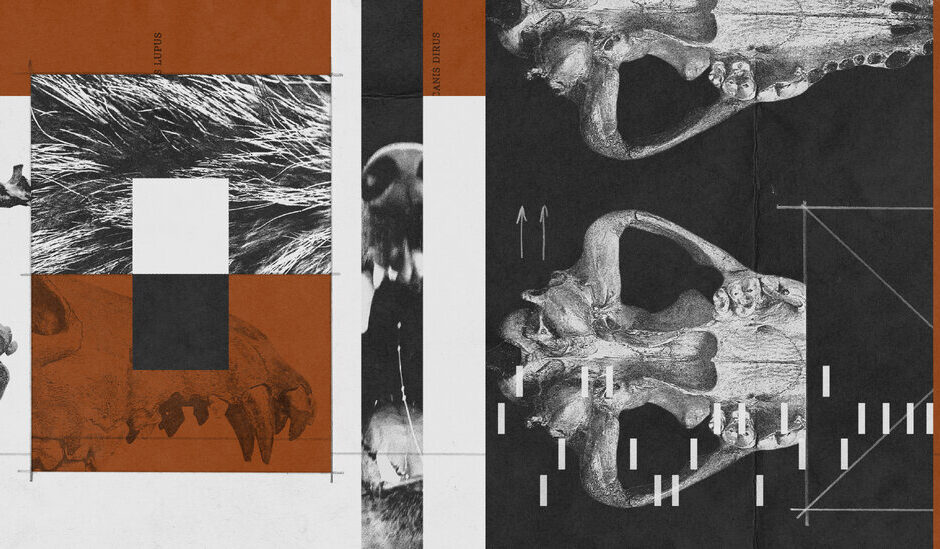De-extinction is a distinctly modern fantasy: the extremely appealing idea that we can, with just some pipettes and computers, undo the destruction we continue to cause the natural world. So it’s fitting that the first animal whose creation Colossal announced was a dire wolf — an animal that exists, in the public imagination, primarily as a fantasy. Colossal’s advisers include the “Game of Thrones” author George R.R. Martin and two stars of the HBO adaptation, and a press photo showed the animals sitting on the show’s Iron Throne. Many commenters were shocked not by the advancing science of genetic engineering but rather by the revelation that dire wolves were once real animals.
Dire wolves thrived in the Americas for more than 200,000 years, adeptly filling so many ecological niches that their remains have been found from Alaska to Peru. More than 4,000 wolves were pulled from the La Brea Tar Pits in Los Angeles alone. They are understood to have been hunters of the many large mammals that populated the Americas before the arrival of humans dramatically changed the continents’ ecology. They then disappeared alongside their prey, among the earliest victims of what would become an ongoing crisis of human-driven extinction.
Romulus, Remus and Khaleesi began life as gray-wolf cells that were edited, grown into embryos and implanted in the wombs of surrogate dog mothers. The edits, which consisted of 20 modifications on 14 genes — a small fraction of the 19,000 genes that make up a gray-wolf genome — were based on comparisons between gray-wolf genomes and those reconstructed from dire-wolf DNA found in ancient tooth and bone fragments. (Gray wolves and dire wolves share superficially similar skeletons, which once led scientists to conclude they were closely related, but they’re actually quite distinct, with evolutionary lineages that diverged millions of years ago.) The resulting animals were larger and fluffier and lighter in color than other gray wolves. The company’s chief science officer, Beth Shapiro, says this is enough to make them dire wolves, if you subscribe to the “morphological species concept,” which defines a species by its appearance. “Species concepts are human classification systems,” she told New Scientist, “and everybody can disagree and everyone can be right.”
A lot of people disagreed. Calling the pups dire wolves, wrote the evolutionary biologist Rich Grenyer, is “like claiming to have brought Napoleon back from the dead by asking a short Frenchman to wear his hat.” The scientists who specialize in canids for the International Union for Conservation of Nature, a group that monitors biodiversity and maintains lists of threatened and endangered species, responded to Colossal’s announcement with a news release of its own, declaring that “the three animals produced by Colossal are not dire wolves.” For one thing, they said, there is no way to know if these wolves are good physical proxies for animals no one has seen for 12,000 years. For another, pure physicality ignores the ecology and behavior and culture of the original dire wolf — the very things that made it one.
Even if Colossal had managed to reproduce the dire-wolf genome, that would be very different from reproducing a world in which a vanished creature might thrive. It’s also different from reproducing all the ways in which those creatures once affected their environment. Shapiro has referred to Colossal’s work as “functional de-extinction” — a concept borrowed from the rewilding movement — which argues for bringing back the animal activities that maintained an ecosystem, if not the exact animals that once performed them. It’s also a play on the ecological term “functional extinction,” which designates species that are still, technically, present in the world but in such starkly diminished numbers they no longer eat or pollinate or otherwise have a meaningful impact on their ecosystems. It’s a term that’s getting more and more play, given that the average size of global wildlife populations declined by 73 percent from 1970 to 2020.
#Undo #Button #Extinct #Species


